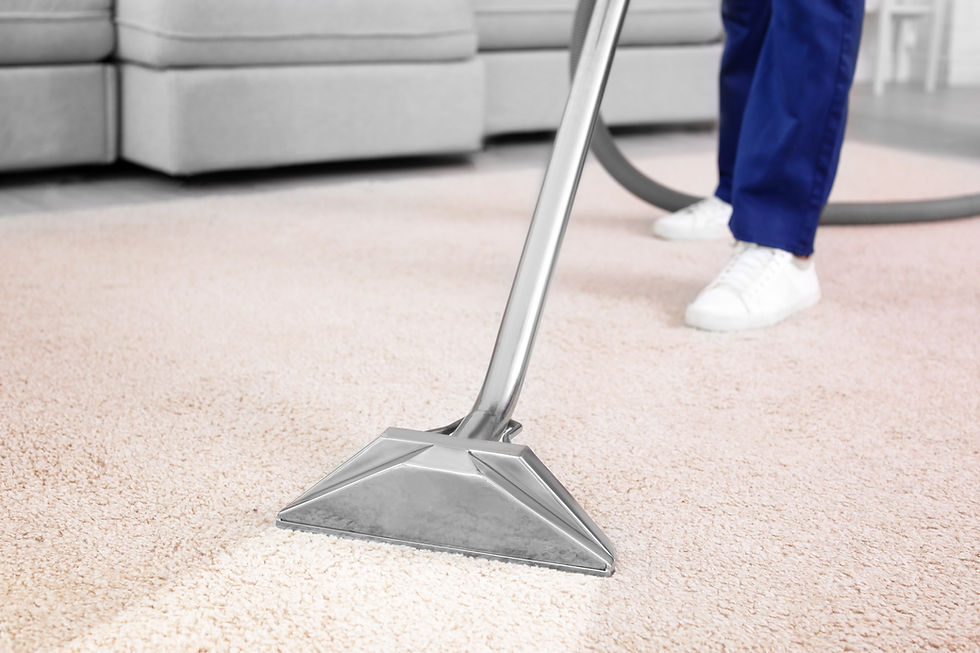How to Choose the Best Kitchen Flooring
- Liz Beltran

- Aug 3, 2023
- 3 min read

There are many options for kitchen flooring. If you plan to install kitchen flooring but are still deciding what material to choose, consider your lifestyle, personal preferences and budget. For a large family with pets, you may prefer durable, stain-resistant flooring and easy to clean. However, other choices may suit you better if you are thinking of a particular design, comfort or elegance and are not so limited by budget. Fortunately, you can have flooring that is both durable and design friendly.
Among the many types of flooring available, popular materials are hardwood, vinyl, cork, tile, stone, concrete and laminate. The following are descriptions of flooring types with their pros and cons to help you decide what best suits your family’s needs, preferences and finances.
Hardwood Flooring
Natural wood floors are popular for their earthiness and warmth. They come in many colors and are easy to update. However, wood is not waterproof and can stain easily if a spill is not mopped up quickly. In addition, wood flooring tends to be on the costly side. Luckily, you can add a water-resistant finish to minimize damage.
Vinyl Flooring
Vinyl is affordable, resilient, waterproof and easy to clean. You can choose from various styles and colors and purchase an engineered option that is easy to install. However, a disadvantage is that vinyl can be susceptible to dents from heavy appliances over time.
Cork Flooring
Cork is made from tree bark, deeming it eco-friendly and sustainable. It’s one of the softest and most comfortable options, which can relieve the strain of standing. In addition, it is affordable and easy to install. However, it is not as durable as other flooring types, needing to be replaced every 3 to 4 years.
Stone Flooring
Like wood, stone is favored for its natural beauty and uniqueness. You can choose among a handful of natural earth-tone colors and types, such as marble, slate and granite. It is largely non-slip due to its semi-porous surface but can be slippery after applying a sheen. Maintenance is high. You’ll have to seal it to protect it from scratches, stains and discoloration every 2 to 4 years.
Concrete Flooring
Concrete is trendy for higher-end architectural homes and is available in multiple colors. However, it is complex and costly to install. It is also prone to cracking and staining. Polished concrete is a better option because it offers a smooth, seamless look, is easier to maintain and is resistant to chips.
Tile Flooring
Tile has been a popular option for many years because it offers many customization options. Tile comes in various shapes, sizes, materials and styles and allows multiple patterns. It is known to be durable and easy to clean. Some drawbacks, however, are that tiles must be regularly resealed to prevent staining due to the grout in-between and tile flooring can be more expensive than other options. If you prefer tiling to other materials, consider choosing porcelain over ceramic since it is more durable, waterproof and stain resistant.
Laminate Flooring
Laminate is also popular because it is a less expensive alternative to hardwood flooring and has planks that can be easily attached. It is synthetic flooring that mimics hardwood; however, it is not waterproof unless you obtain a waterproof version.
It’s important to consider both the advantages and disadvantages of the different kitchen flooring options as they pertain to your daily activity, design preference and budget. Since the kitchen is one of a home’s most highly trafficked areas, your decision for the right flooring should not be based only on your favorite colors and decorum. It would be best if you also considered the materials’ practicality, durability and affordability. You can choose the kind of kitchen flooring that is best for your family’s needs by looking at all your options.





Comments